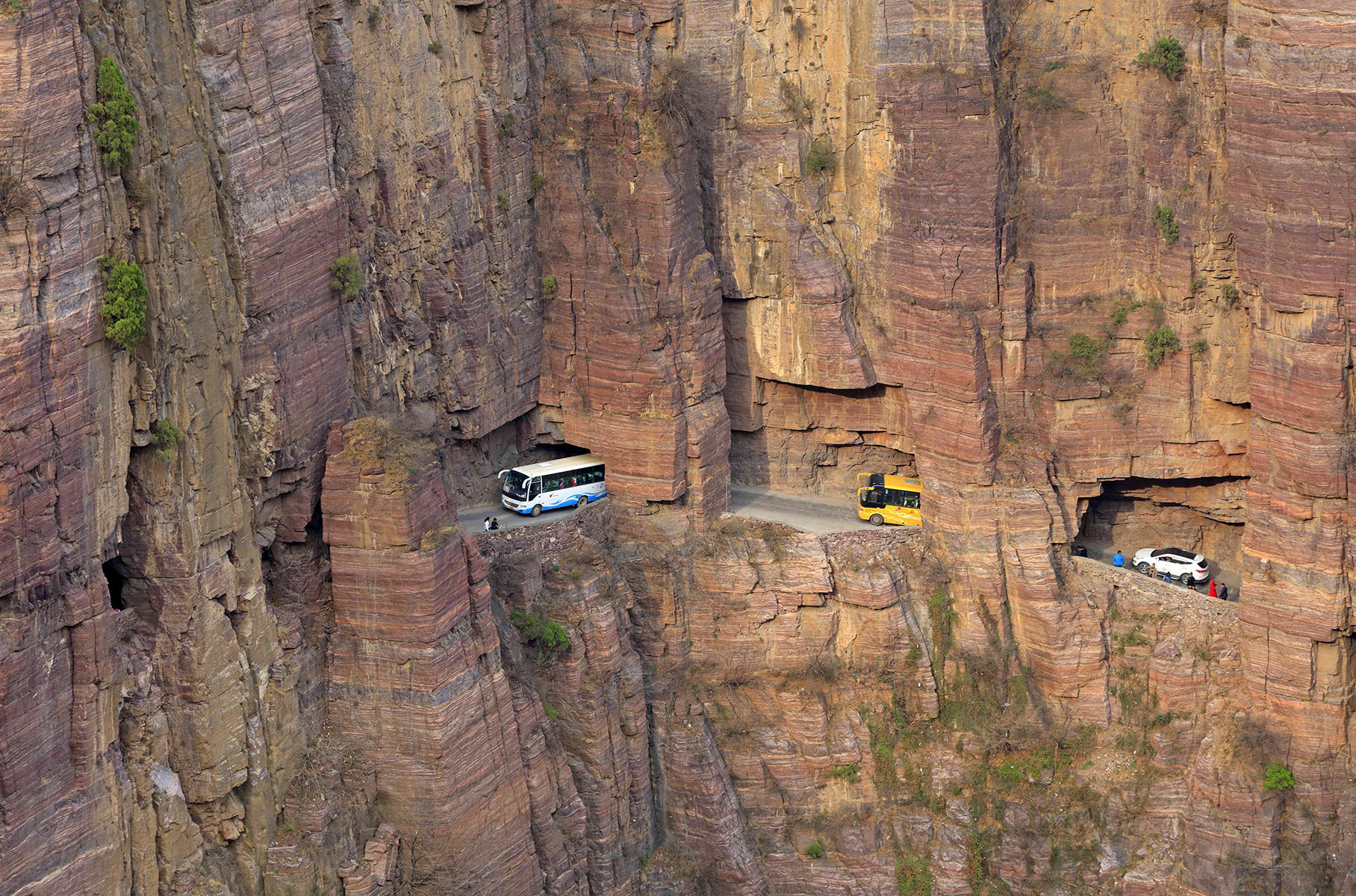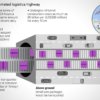Automobile tunnels, like bridges, are built to save time, gasoline, and the nerves of drivers. But their creation requires enormous resources and effort. Motor has studied five of the most interesting automobile tunnels, which amaze with their originality, scale, and complexity of construction.
We recently brought to your attention ten of the most impressive modern bridges from different countries, and this time we will talk about tunnels – expensive infrastructure structures that humanity mastered much later.
Tunnel near Guoliang village. China
Built in 1977
length 1.2 kilometers
What’s remarkable: the tunnel was cut through the rock with bare hands in record time
Until the 1970s, residents of the Chinese mountain village of Guoliang were connected to the rest of the world only by a narrow staircase on a steep cliff. The peasants repeatedly tried to ask the government to build a normal road, but officials never heard their requests.
Desperate to get any help, the residents of the village with a population of 350 people chose 13 of the strongest men, who were given the goal at all costs to build a tunnel that was supposed to connect the village with the general road.
treehugger/Flickr 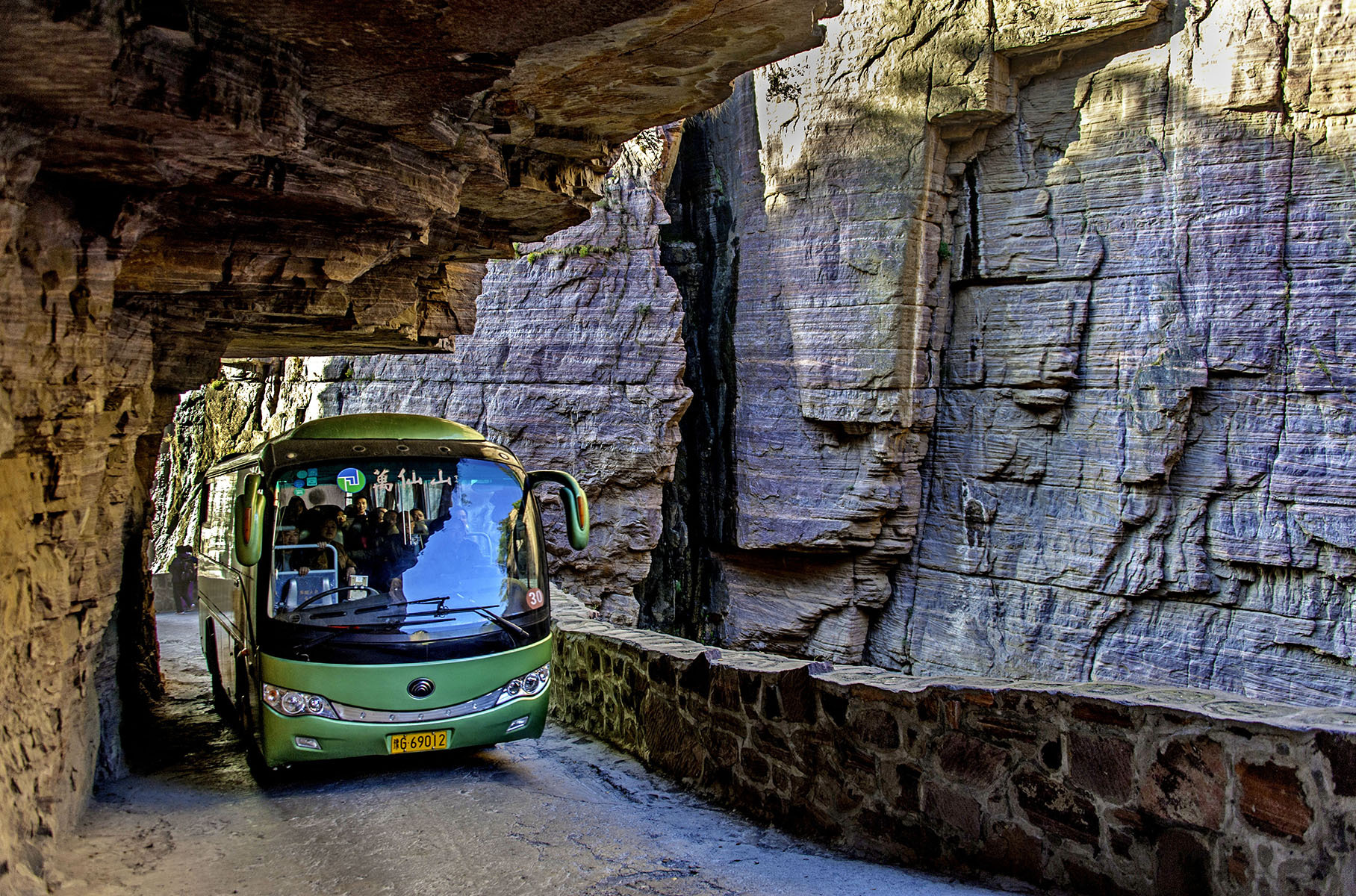 treehugger/Flickr
treehugger/Flickr 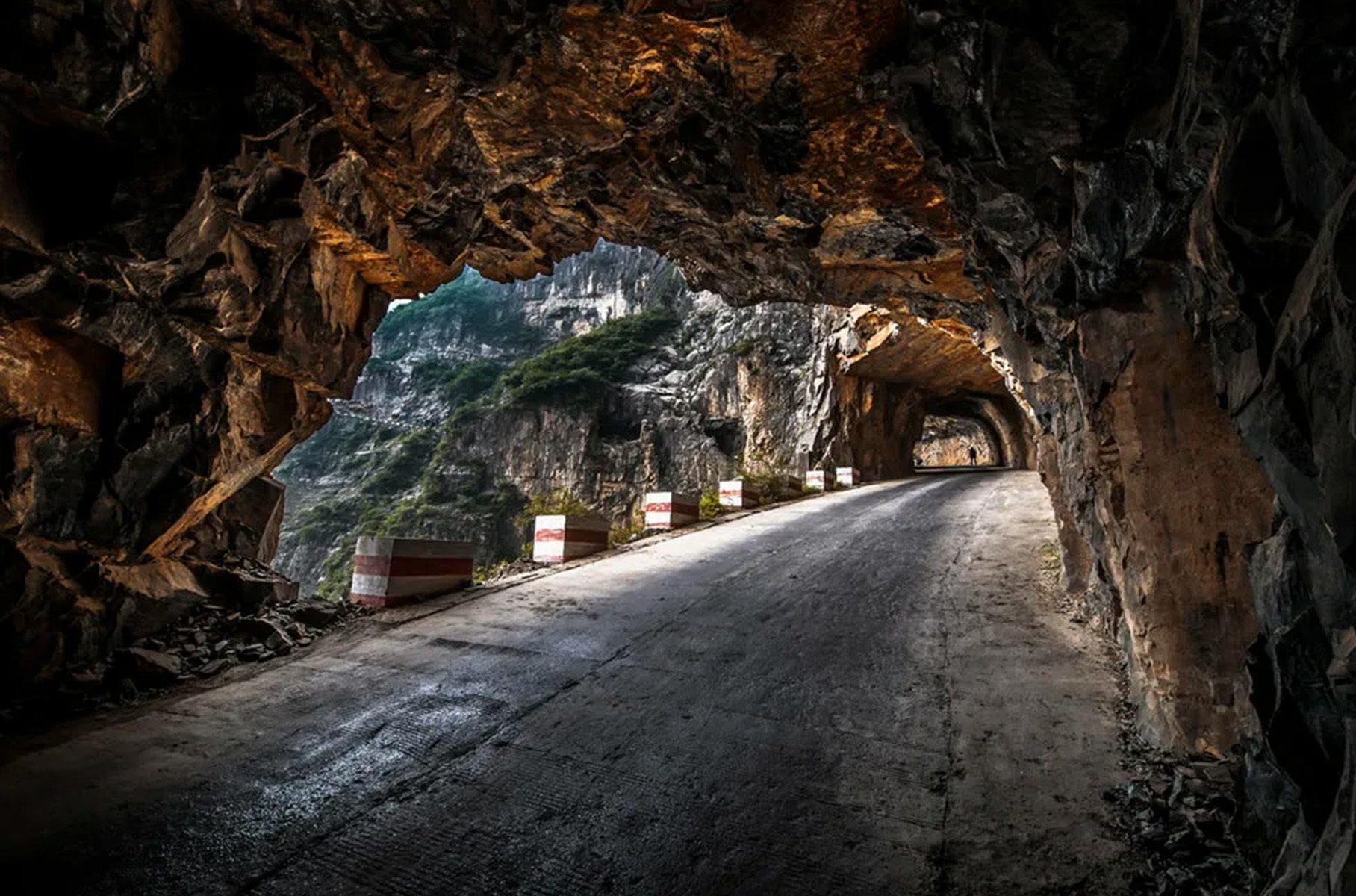 treehugger / Flickr
treehugger / Flickr 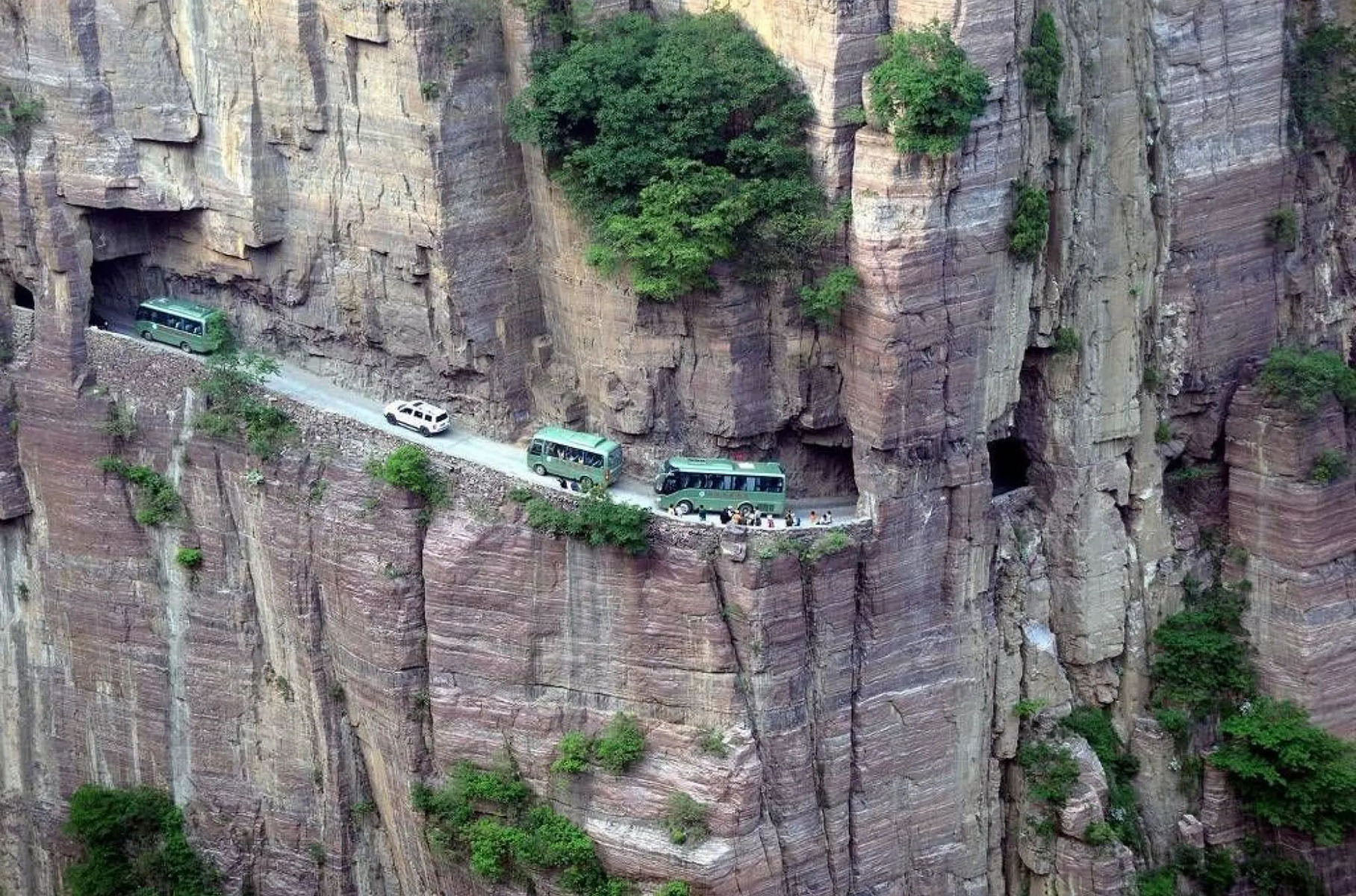 treehugger / Flickr
treehugger / Flickr
The new builders had no experience in laying tunnels, nor did they have special tools. However, in just five years they managed to cut a path to the rest of the world in a steep rock.
The tunnel turned out to be 1.2 kilometers long, four meters wide and five meters high. Since then, goods in Guoliang, which previously could only be brought “on your own back”, could be delivered by car. In addition, subsequently, the unusual and extremely picturesque structure became one of the main attractions of Henan Province. Which certainly contributed to the influx of tourists.
Laerdal Tunnel Norway
Built in 2000
length 24.5 kilometers
What’s special about it: the longest automobile tunnel in the world
Hundreds of times more people participated in the construction of the longest road tunnel in the world, which is a section of the road connecting the two largest Norwegian cities of Oslo and Bergen. The construction of this 24.5-kilometer-long facility also took five years and was completed in 2000. Its construction cost the Norwegian government 113 million euros. The amount is surprisingly small: even if you convert 2000 dollars into modern dollars, you get only 206 million.
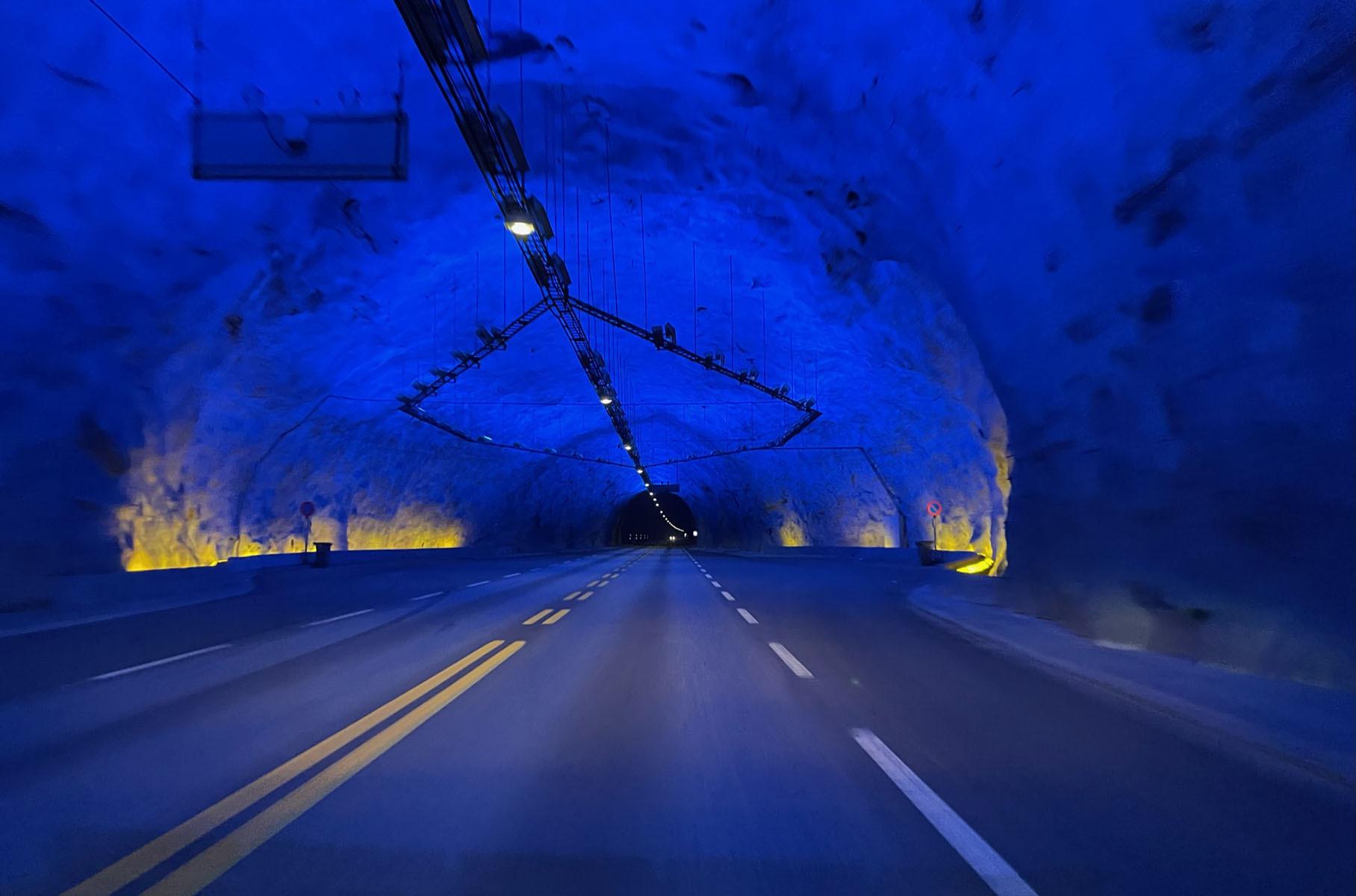 Superbass / Wikipedia.org
Superbass / Wikipedia.org  Norwegen W. / Wikipedia.org
Norwegen W. / Wikipedia.org  Zairon / Wikipedia.org
Zairon / Wikipedia.org 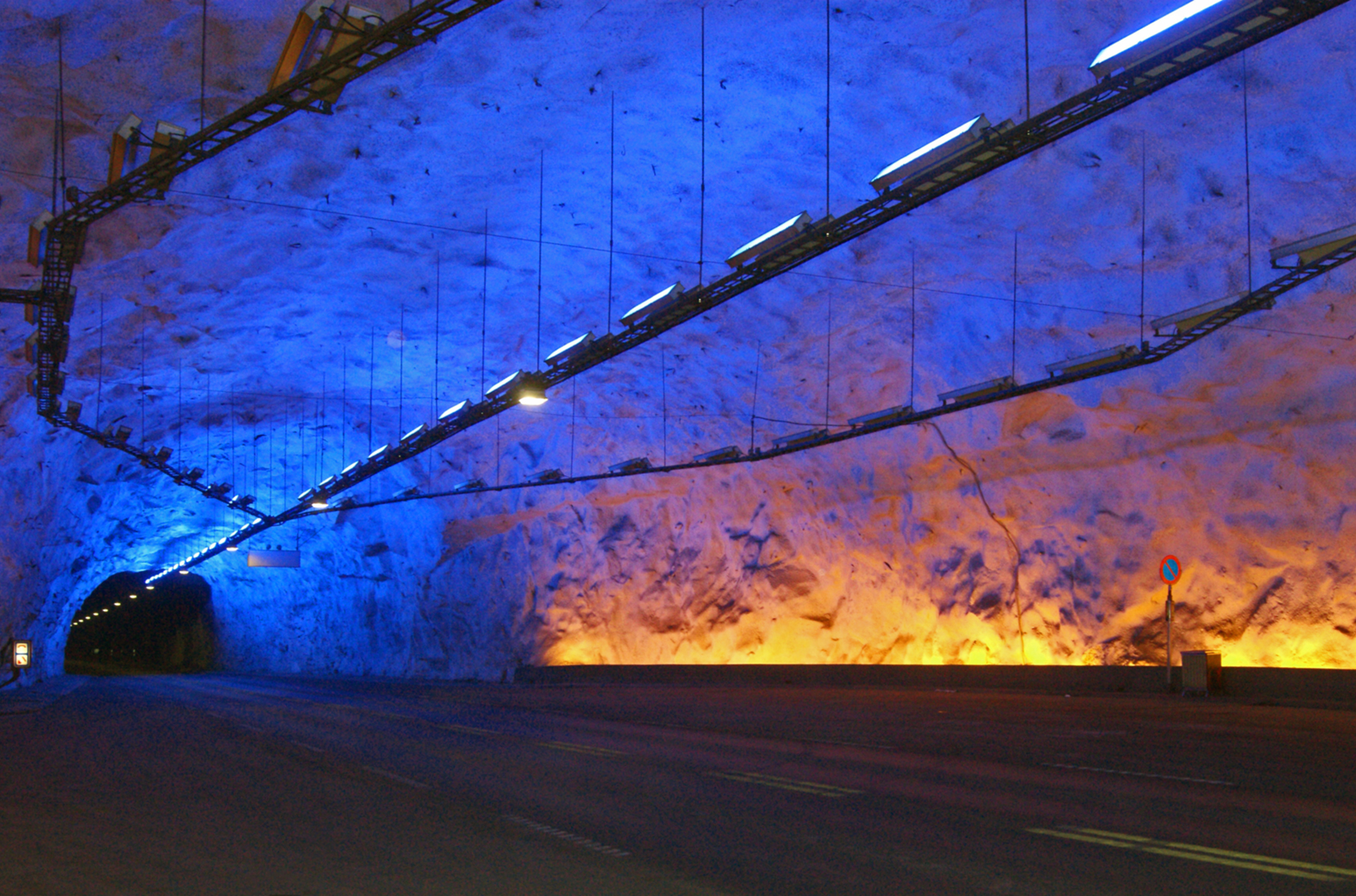 Jørn Eriksson / Wikipedia.org
Jørn Eriksson / Wikipedia.org 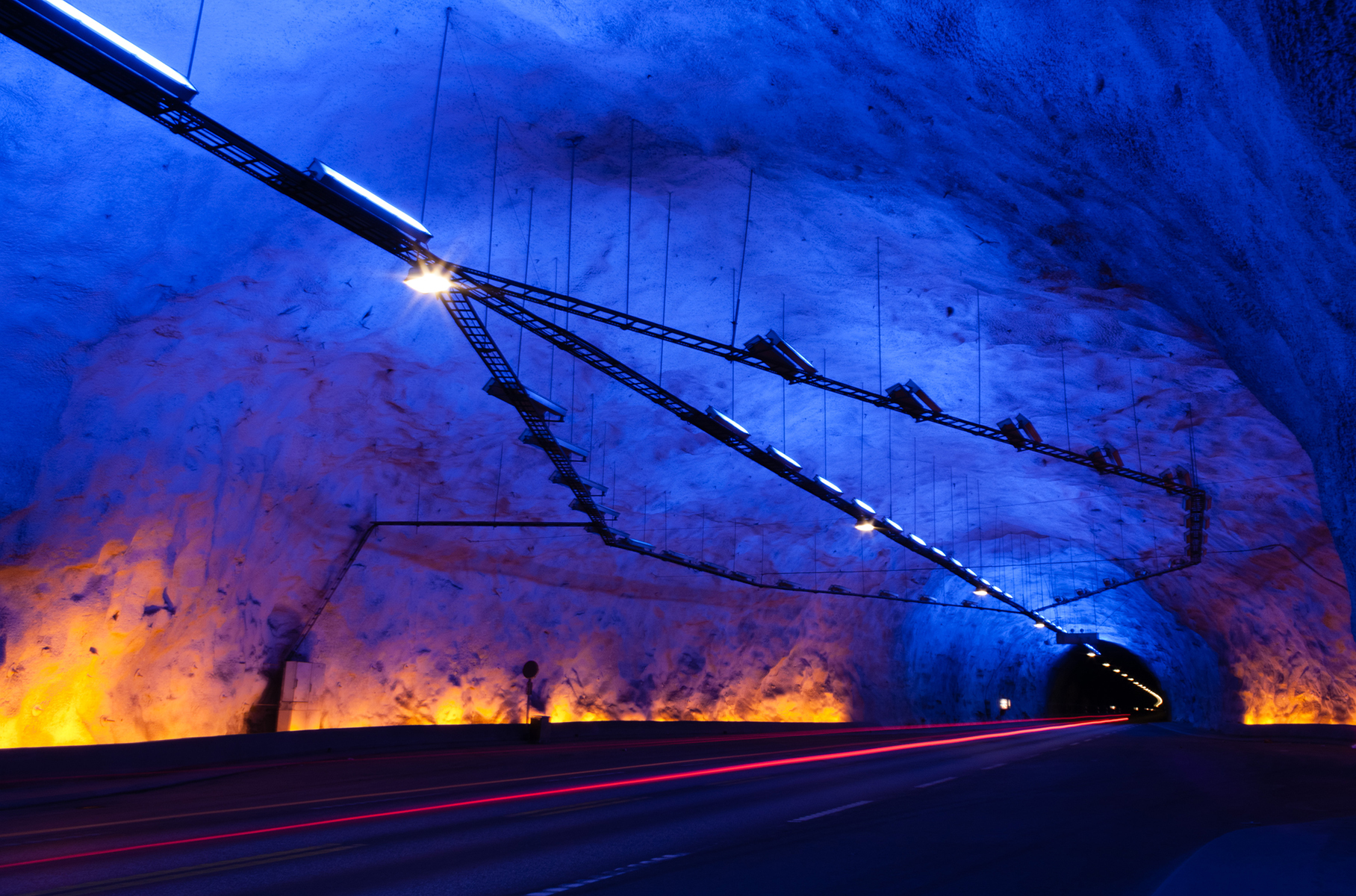 Markus Trienke / Wikipedia.org
Markus Trienke / Wikipedia.org 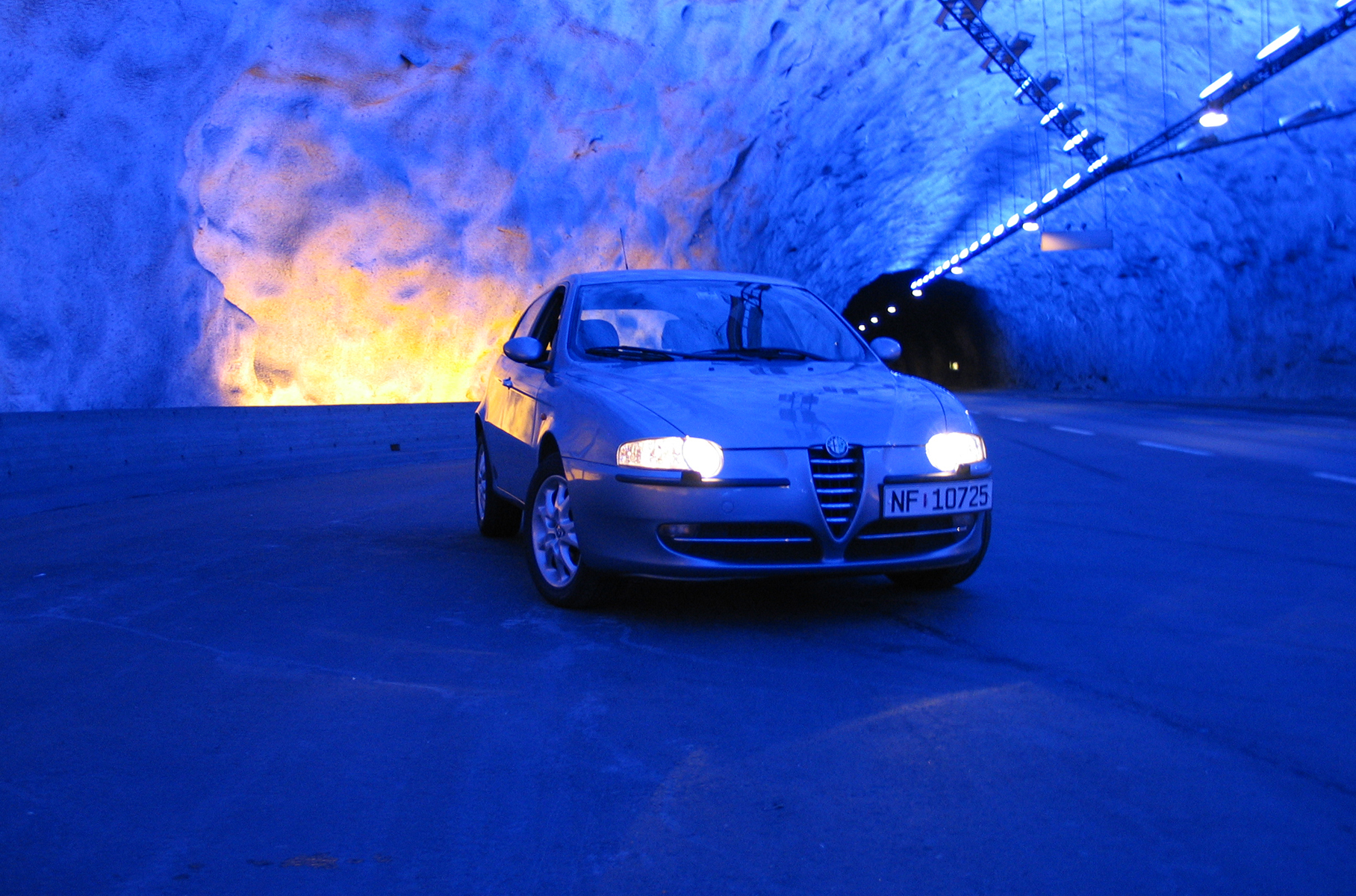 Torw / Wikipedia.org
Torw / Wikipedia.org
In addition to its length, the tunnel is notable for the fact that it contains three equally spaced caves, which essentially divide the tunnel into four parts. While the main chord of the tunnel is illuminated with white lamps, the caves have turquoise lighting with yellow bulbs on the edges, which reproduce the shade of light that occurs at sunrise. This lighting was done so that drivers traveling a long and monotonous route could take their eyes off the road and look around, and passengers prone to claustrophobia would feel safer.
Speaking of safety. Every 250 meters in the tunnel there are “panic buttons” with which you can contact the fire and medical services, as well as call the police. A special center monitors the situation in the tunnel. If the sensors detect traces of smoke in the tunnel, disruptions in the ventilation system, or record any other unplanned situations, then signs will flash in front of the drivers with the words “snu og køyr ut” – “turn around and leave.”
Tokyo Bay Aqua-Line. Japan
Built in 1997
Length 14 kilometers
What’s remarkable: the amazing symbiosis of a road bridge and an underwater tunnel
This unique structure connects the two shores of Tokyo Bay in Japan, on both sides of which there is one of the largest urban agglomerations in the world, led by the Japanese capital. In order for each of the 33 million local residents to spend only 15 minutes, rather than an hour and a half, on the road from the city of Kawasaki to Kisarazu, a road consisting of a bridge and a tunnel was built between the banks.
The project took 32 years to complete, 23 of which the Japanese spent on design and only nine on the actual work. When the facility was completed in 1997, the total cost of its construction was almost one and a half trillion yen, which at that time was equivalent to 11.2 billion US dollars.
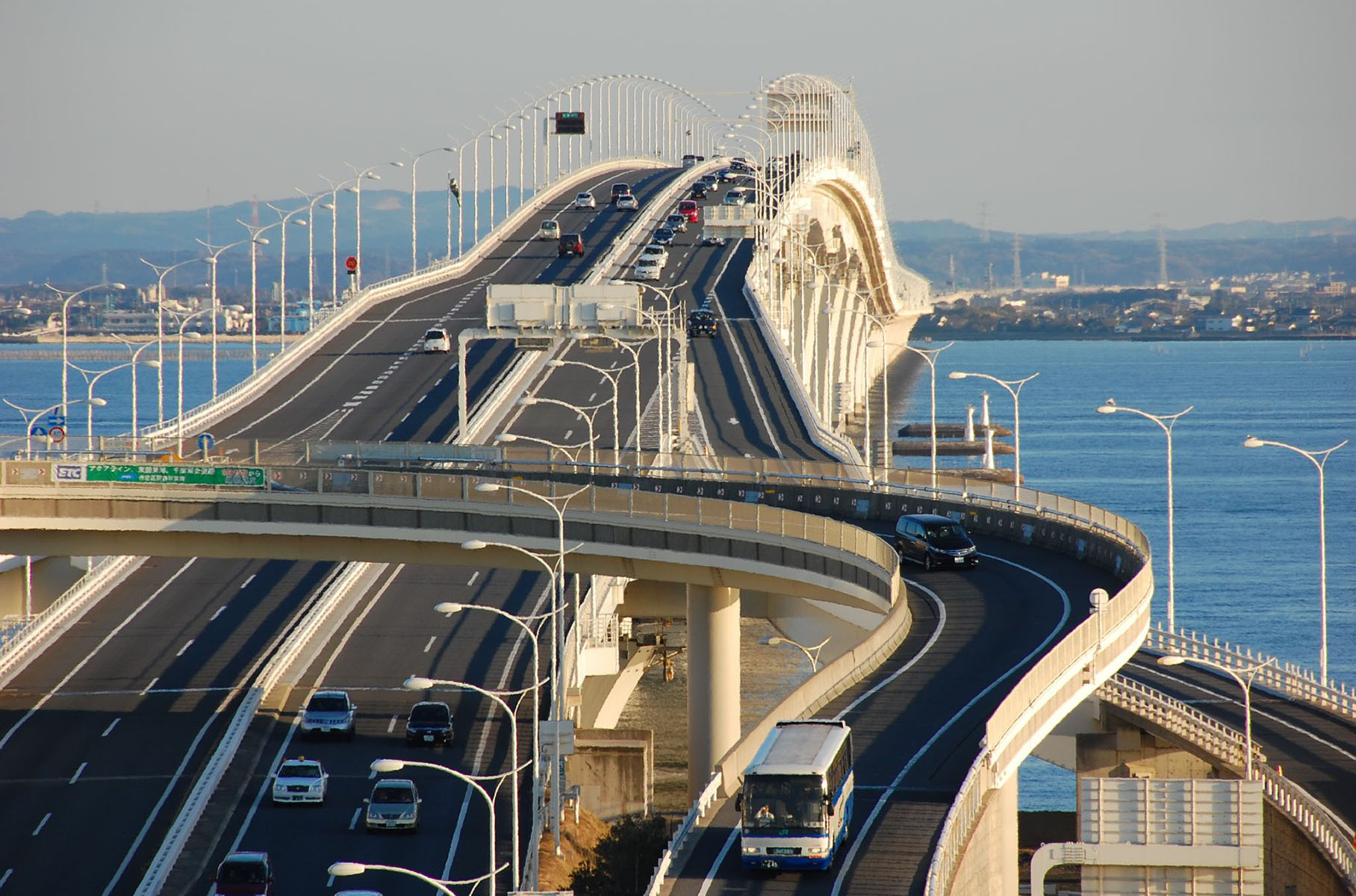 hokkane4/Wikipedia.org
hokkane4/Wikipedia.org  Chihaya Sta / Wikipedia.org
Chihaya Sta / Wikipedia.org  aotaro / Wikipedia.org
aotaro / Wikipedia.org 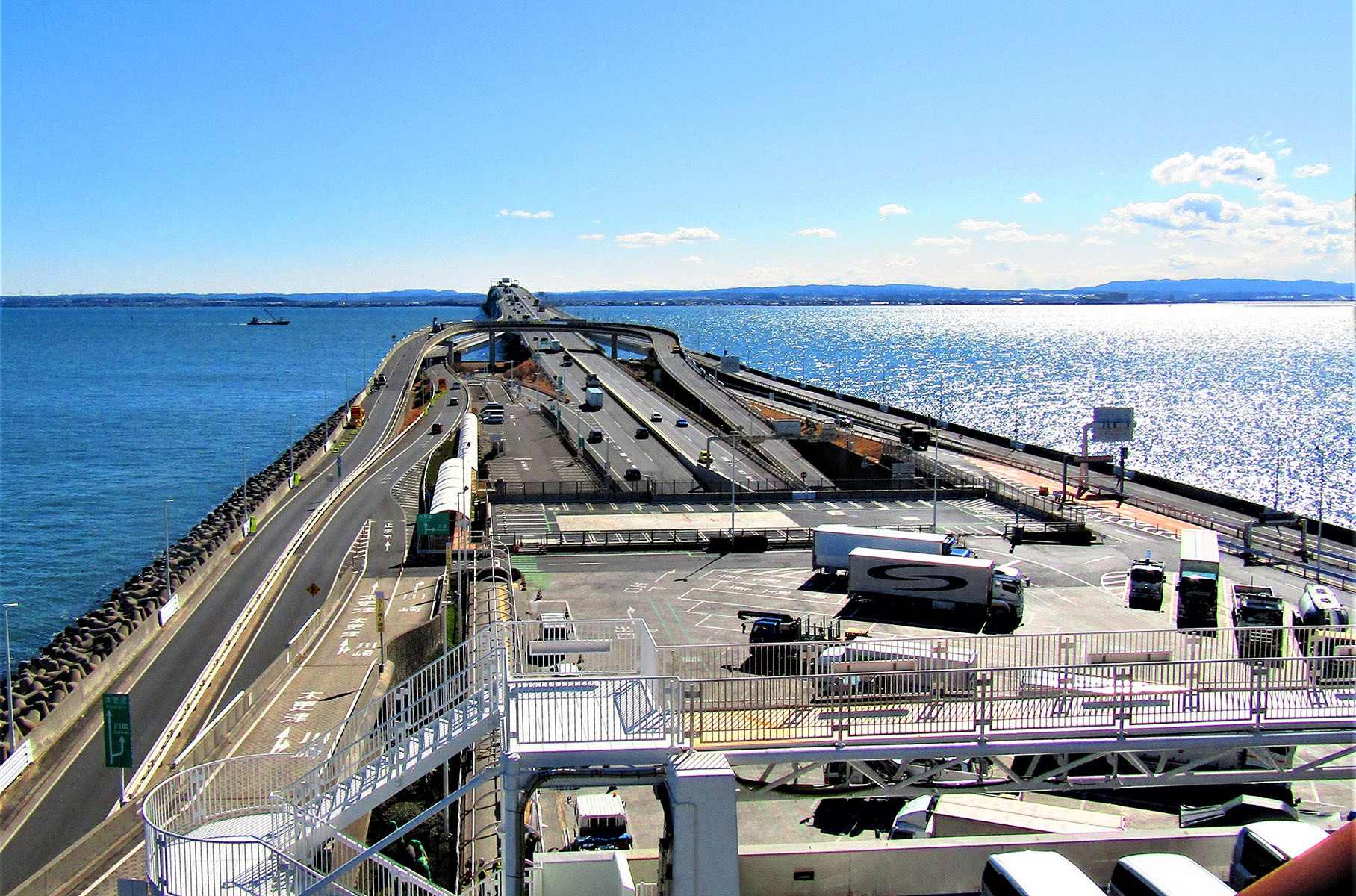 Dandy1022 / Wikipedia.org
Dandy1022 / Wikipedia.org
The length of the structure reaches 14 kilometers. From the eastern part of the bay, traffic is carried out along a 4.4-kilometer bridge, and then the route “dives” under water. The tunnel begins on an artificial island platform, where entertainment centers, hotels and restaurants are also located. The 9.6-kilometer-long “underwater” road is the fourth longest structure of its kind in the world, located under the seabed.
Ventilation of the interior space is carried out by a special structure – the “Wind Tower”, which is located in the bay above the middle of the tunnel and from a distance looks like a sail. It is this that “sucks” the air inside, which, in the conditions of a strong wind that almost constantly blows over Tokyo Bay, does not require much energy.
Gate Tower Building Osaka. Japan
Built in 1983
There is no data on the length
What’s special about it: Japan’s only car tunnel that runs through a building above ground level
An unusual tunnel located in the Japanese metropolis of Osaka is one example of a compromise between local authorities and commercial real estate developers. In the early 1980s, when designing a new section of the Hanshin overpass, it turned out that a 16-story office building had already been planned and approved at the site where one of the road junctions was to be located, and it was not possible to “bypass” or “dig under” it.
 Nicolas R / Flickr
Nicolas R / Flickr 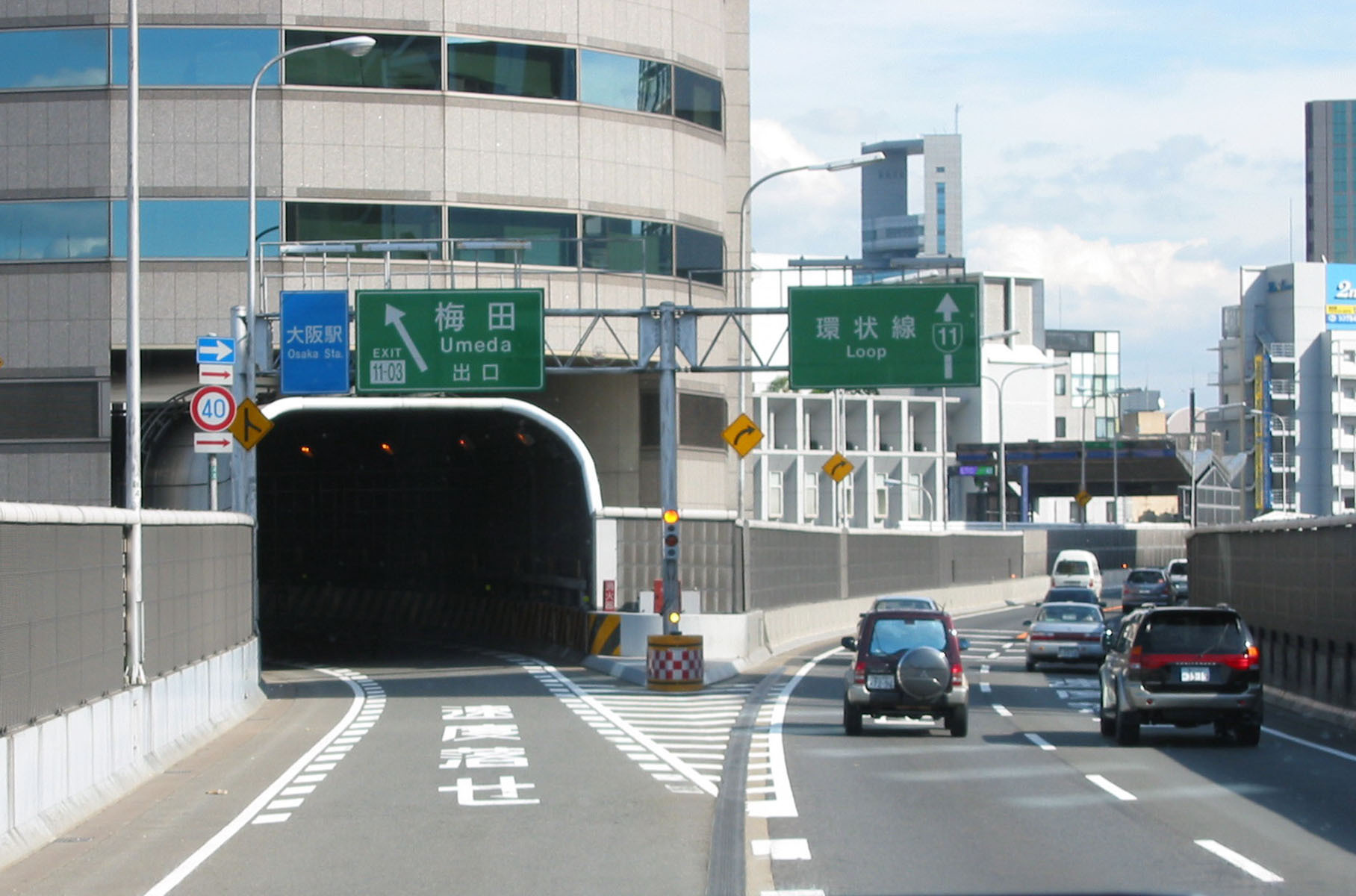 Nicolas R/Flickr
Nicolas R/Flickr 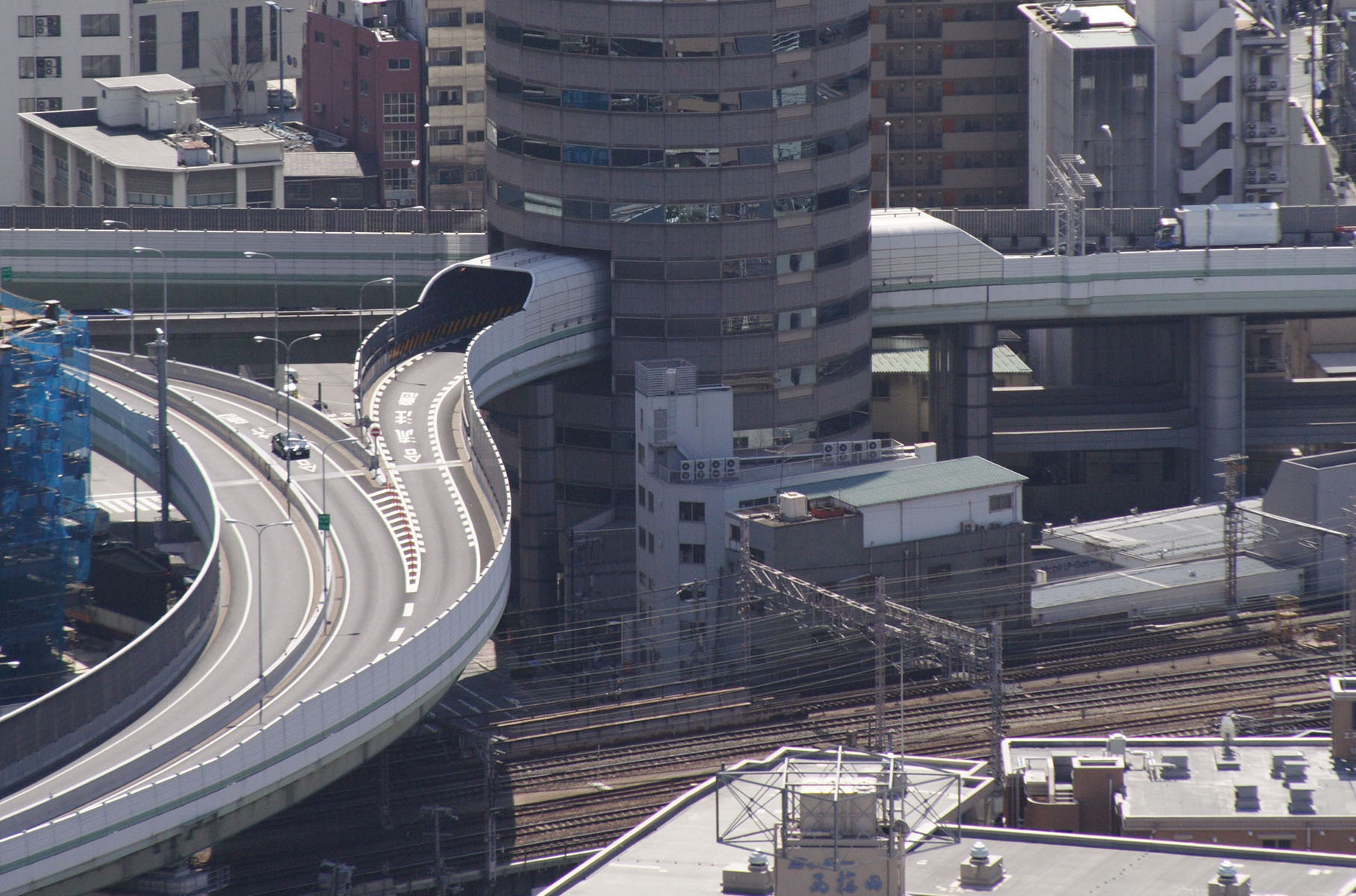 ignis/Flickr
ignis/Flickr 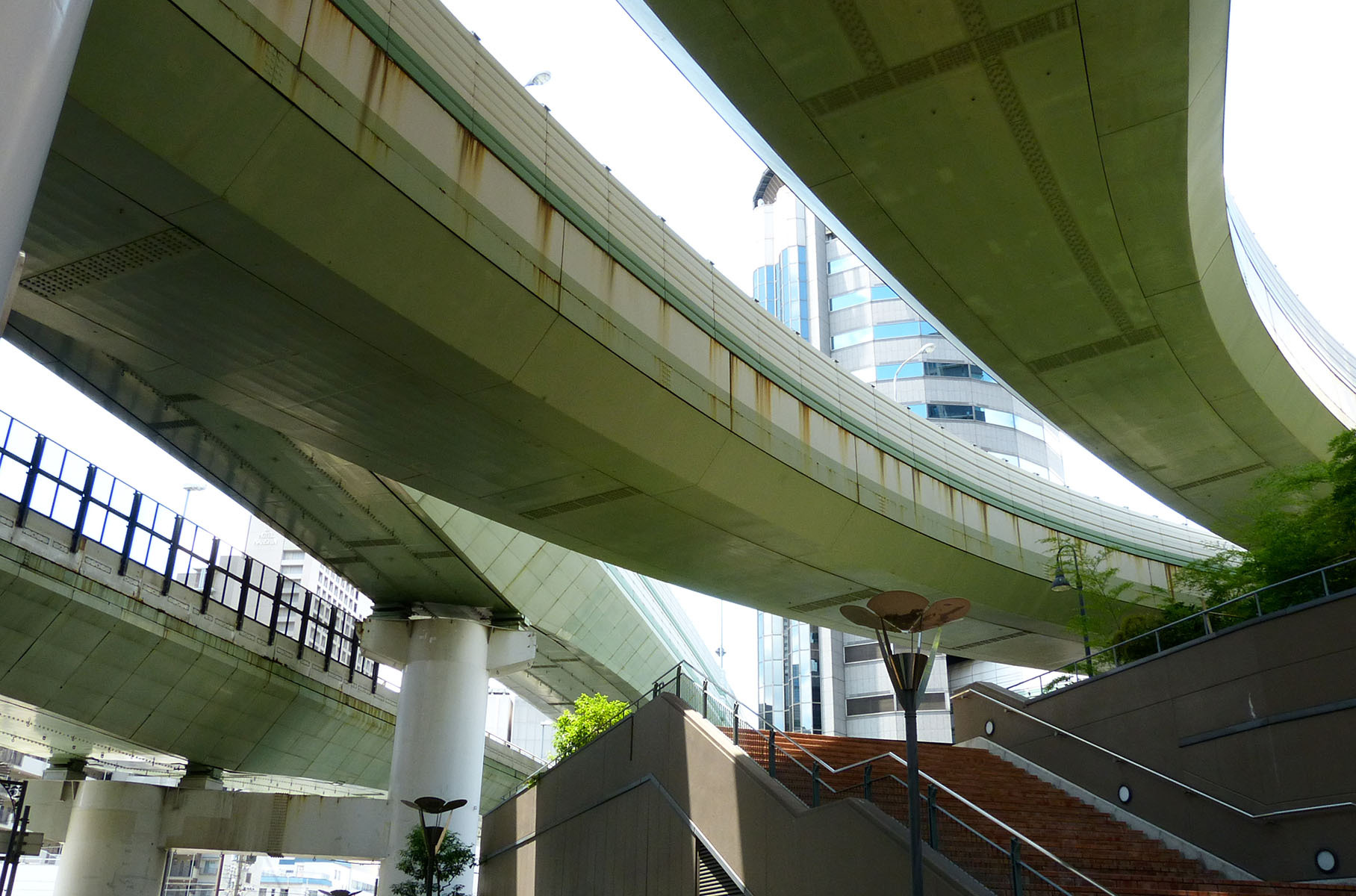 Nicolas R / Flickr
Nicolas R / Flickr
The developers, in turn, categorically rejected proposals to abandon or move the building to another location. The building, which later received the nickname “the beehive” (due to its characteristic conical shape and the unprecedented number of people working inside), promised a large income from tenants.
After difficult negotiations that lasted for five years, an original solution to the problem was found: local authorities passed a law allowing the unification of buildings and the road network in a single space. First, an overpass was built, and then a house was erected on the same site. It turned out that the tunnel passes directly through the tower, and the road structure itself does not come into contact with the structure. The route crosses it at the level of the fifth and seventh floors. There are only small auxiliary technical rooms, as well as elevator shafts that travel non-stop from the fourth to the eighth floor. Directly inside the building, the tunnel is enclosed in a special casing, which dampens vibrations and dampens the noise from cars passing through it.
Great Boston Tunnel. USA
Built in 2007
Length 5.6 kilometers
Why it’s notable: The most expensive and problematic road project in US history
The megaproject, designed to ease traffic congestion in downtown Boston, was the most expensive road project in U.S. history. Boston has a complex and confusing layout of major streets that were laid out long before cars were built. So after Henry Ford put the American nation on wheels, traffic congestion became a common occurrence in Boston.
When traffic jams became unbearable in the mid-20th century, it was decided to build a six-lane highway passing over the city center. However, she failed to cope with the task assigned to her – the road capacity was insufficient. In the 1980s, city authorities decided to expand the main highway to 8-10 lanes, while removing its main part and four main interchanges underground.
The main construction phase lasted from 1991 to 2007, but some work continues to this day. After construction began, workers faced a number of unforeseen circumstances. Under the ground, many unaccounted for obstacles of both natural and man-made origin were discovered. In addition, the old system of underground communications and sewerage over time turned into a huge garbage dump and became home to a whole horde of rats. Disturbed by the work, the rodents rushed from the “Big Hole” under construction onto the city streets in search of a new shelter, which caused discontent among local residents.
 CQ / Flickr
CQ / Flickr 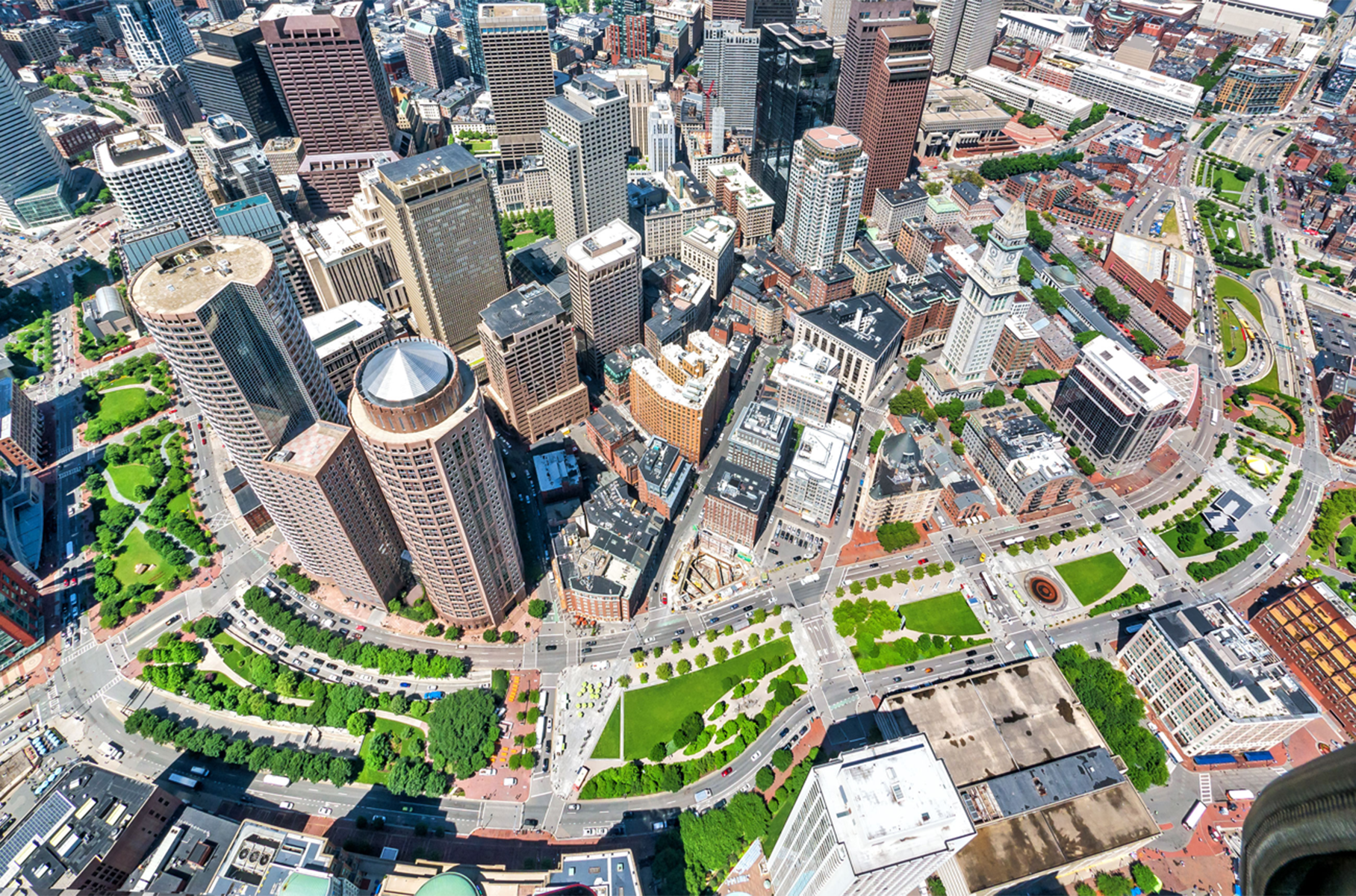 Frank Hebbert / Flickr
Frank Hebbert / Flickr 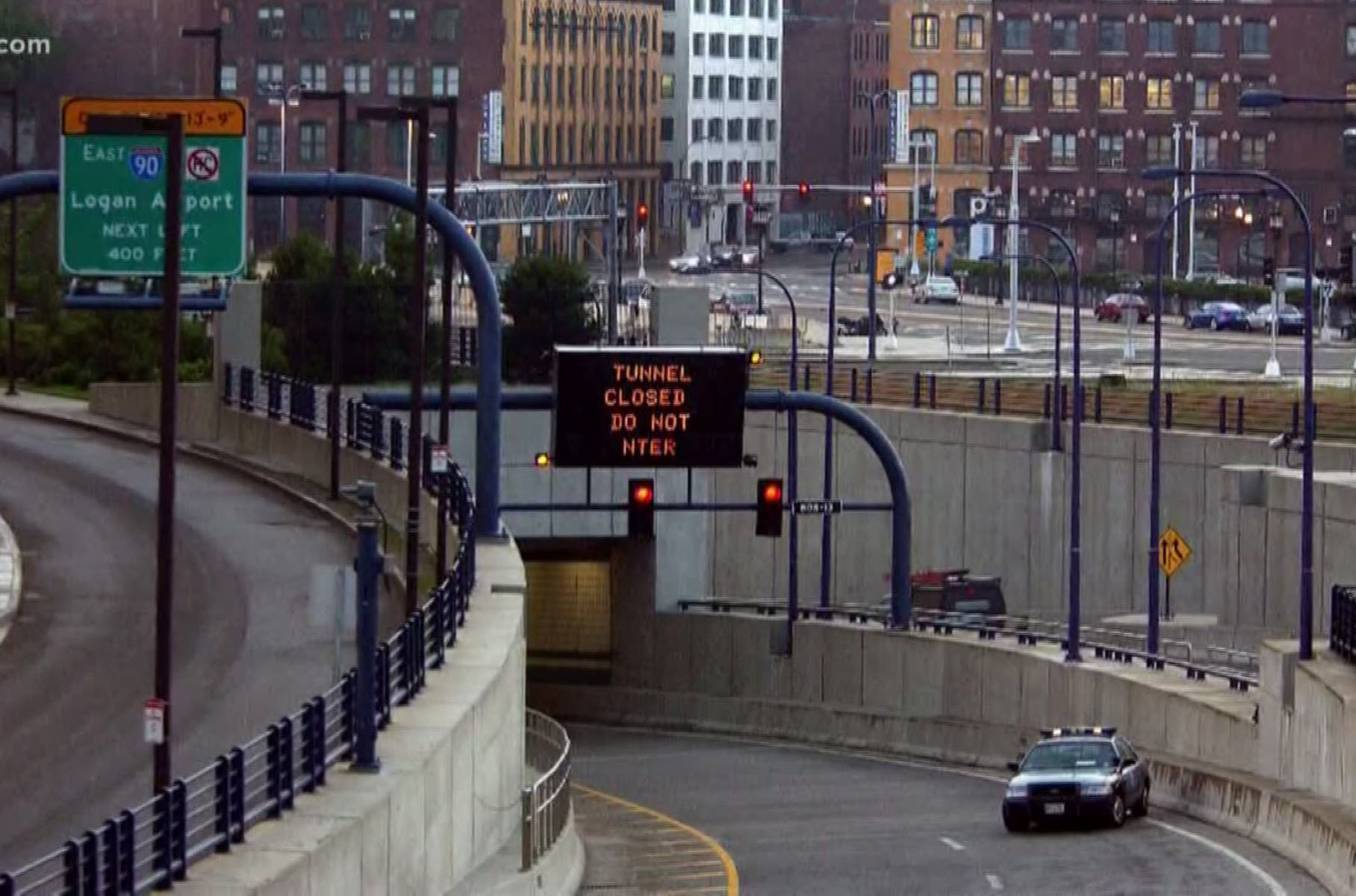 king5 / Flickr
king5 / Flickr 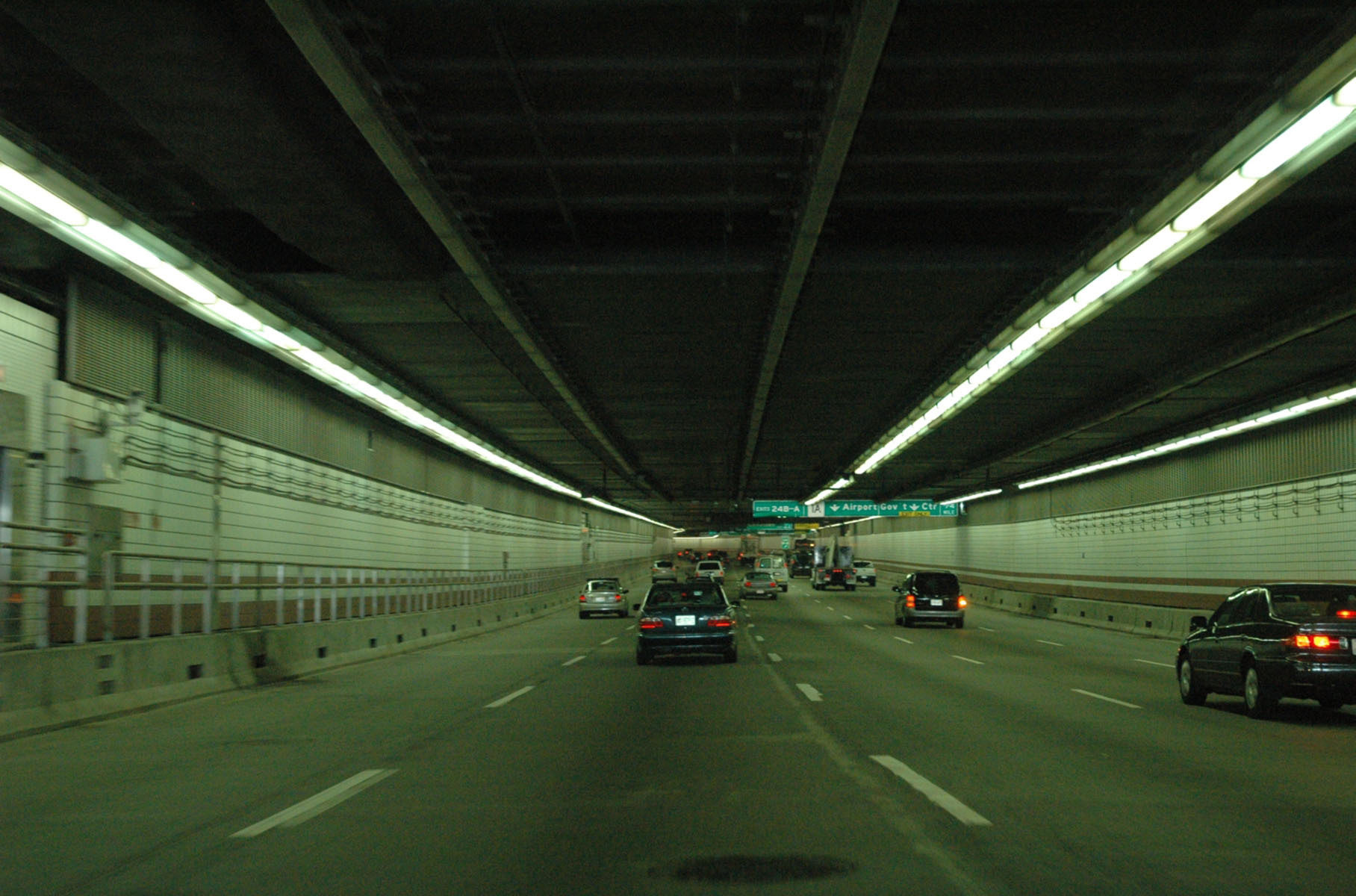 Scutter/Flickr
Scutter/Flickr
The amount of earth and dirt excavated during construction amounted to more than 12 million cubic meters – enough to fill a dozen and a half large football stadiums to the very edges of the stands.
The cost of the “excavations”, according to various sources, was between 15 and 22 billion dollars. The project is expected to pay for itself no earlier than 2038. However, digging the “Big Hole” in Boston has already borne fruit – after the tunnel was put into operation, the number of traffic jams in the city has noticeably decreased. And due to the fact that thousands of cars stopped idling fuel every day, the concentration of carbon monoxide in the city has decreased by 12 percent. /m
From edge to edge: the most beautiful bridges in the world How modern cameras fine Nosed trucks from Europe
